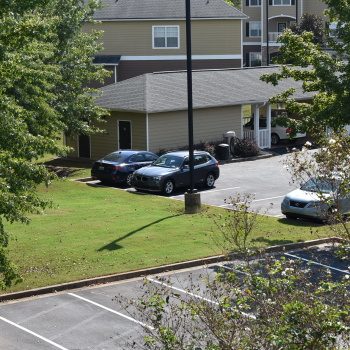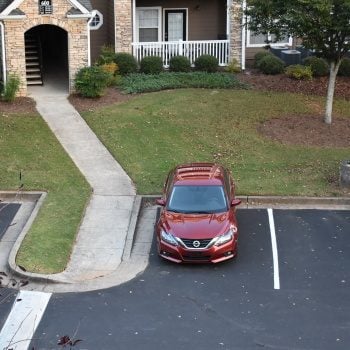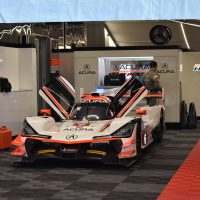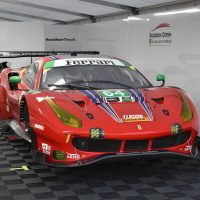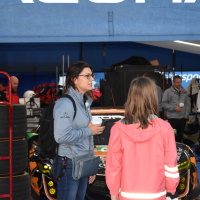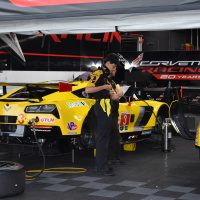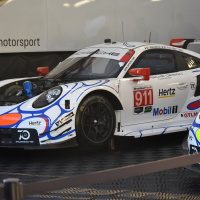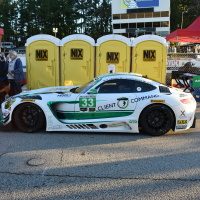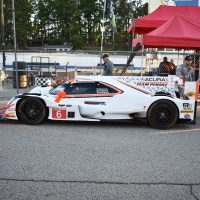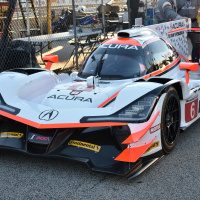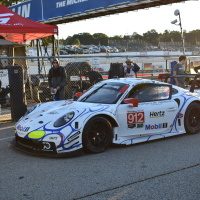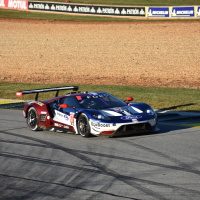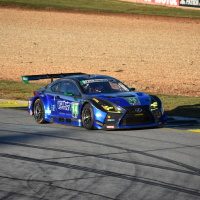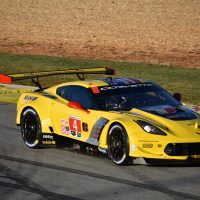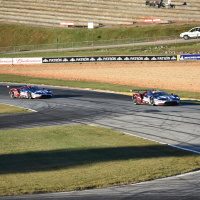- 6,232

- Alabamistan
I've got a Nikon Coolpix 9100 that is almost 10 years old now and I think it's time for a replacement. I don't really use a camera a lot. Mainly I use it each October when I go to Road Atlanta for the Petite Le Mans race or some other event like that. The one thing I would like the camera to do is to be good at capturing cars in motion. I kind of would like to stay in the $600 and under range if possible.
Here's some examples of what I shot last year.
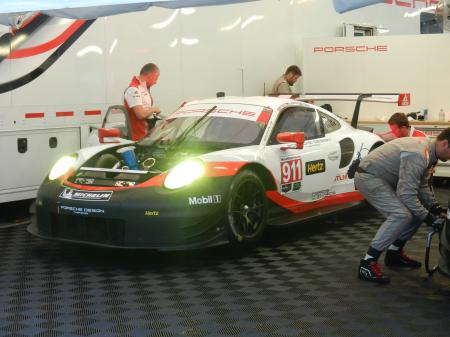
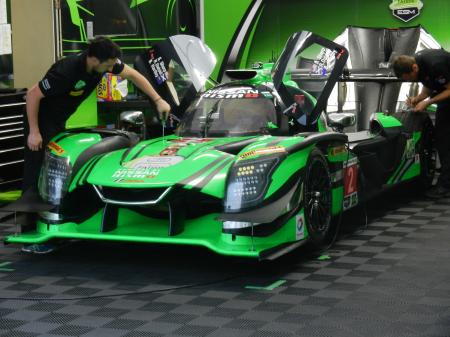
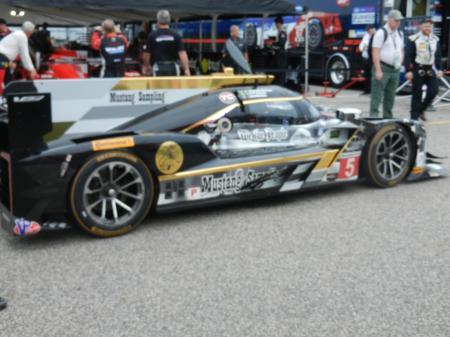
The weather was misty and rainy during the morning warmup I didn't get any decent shots of cars moving but here is what I got in 2016.
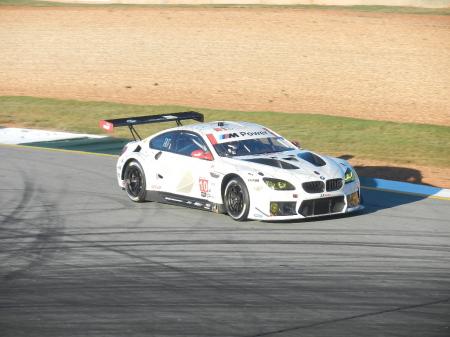
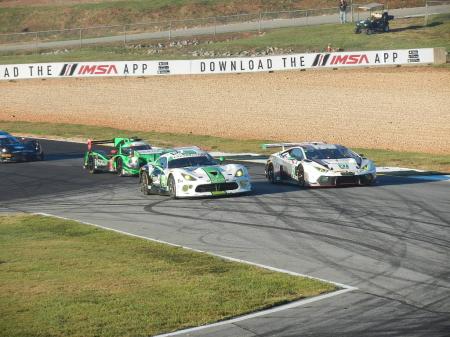
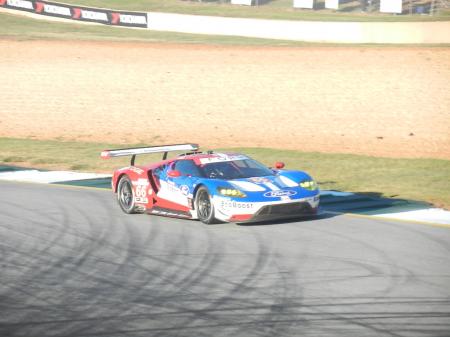
And I shot these at a Manchester City vs. Tottenham exhibition match in July 2016.
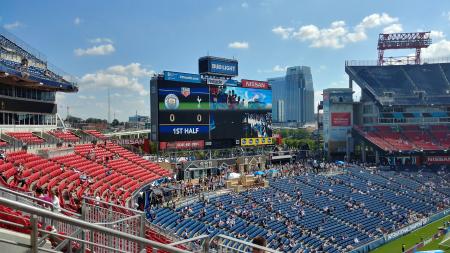
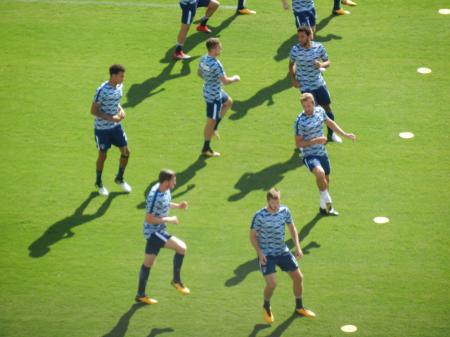
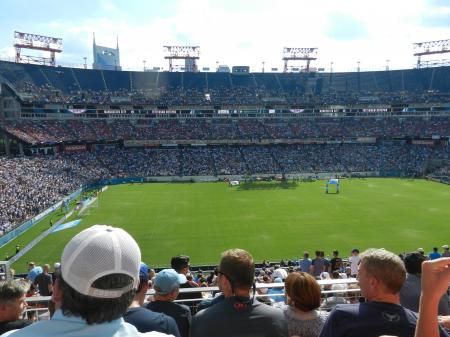
Here's some examples of what I shot last year.



The weather was misty and rainy during the morning warmup I didn't get any decent shots of cars moving but here is what I got in 2016.



And I shot these at a Manchester City vs. Tottenham exhibition match in July 2016.






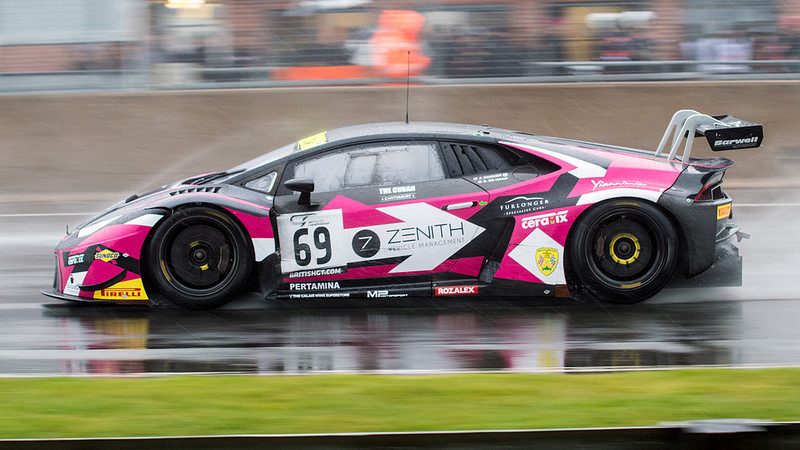
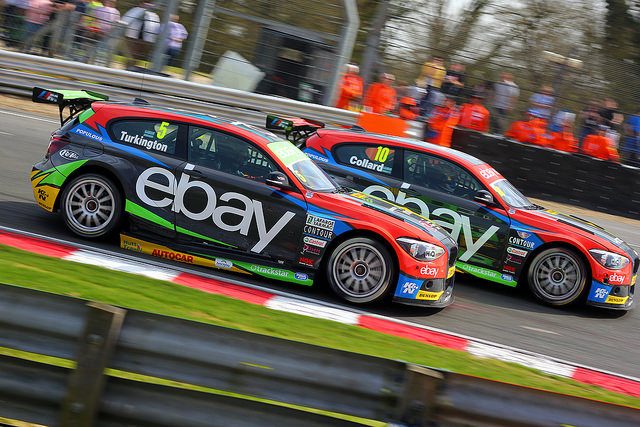 eBay Motors BMW 125i M-performance Parts
eBay Motors BMW 125i M-performance Parts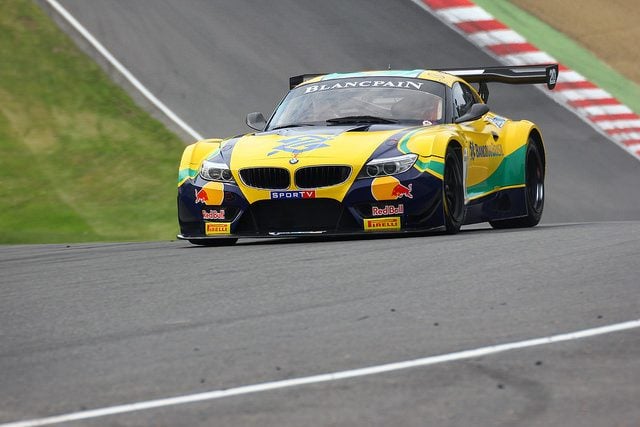 BMW Z4 GT3, Blancpain & British GT
BMW Z4 GT3, Blancpain & British GT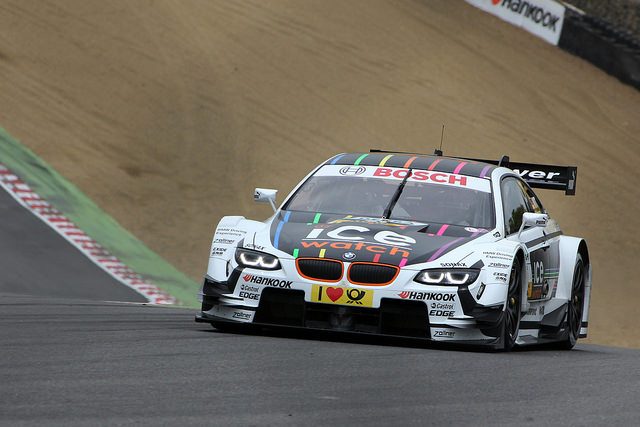 BMW M3 DTM, Marco Wittmann
BMW M3 DTM, Marco Wittmann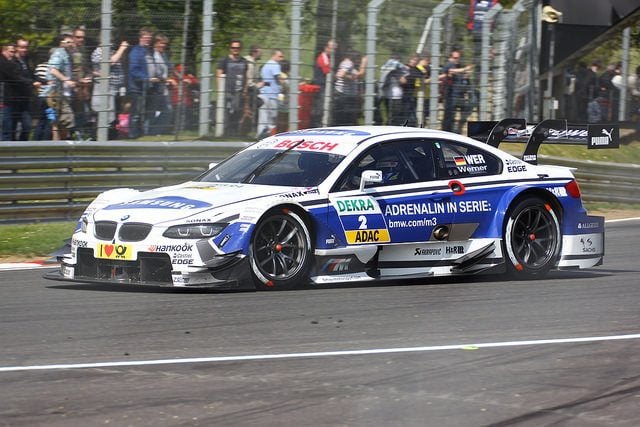 BMW M3 DTM, Dirk Werner
BMW M3 DTM, Dirk Werner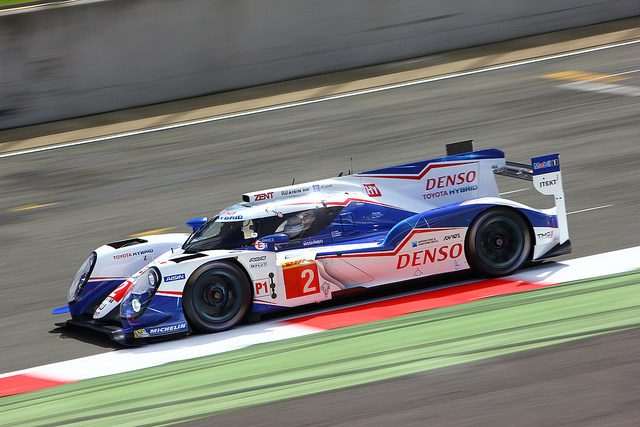 Toyota
Toyota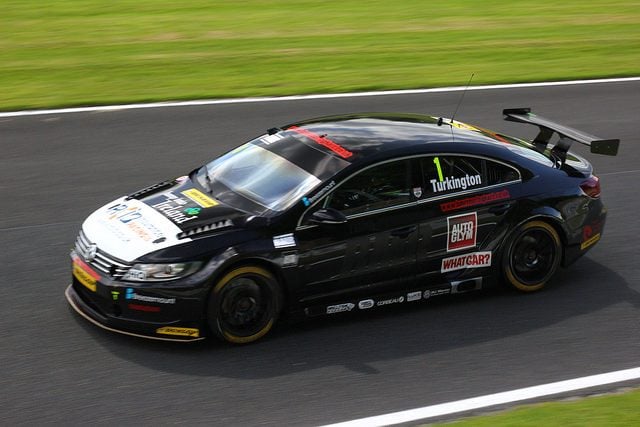 BTCC, Oulton Park
BTCC, Oulton Park